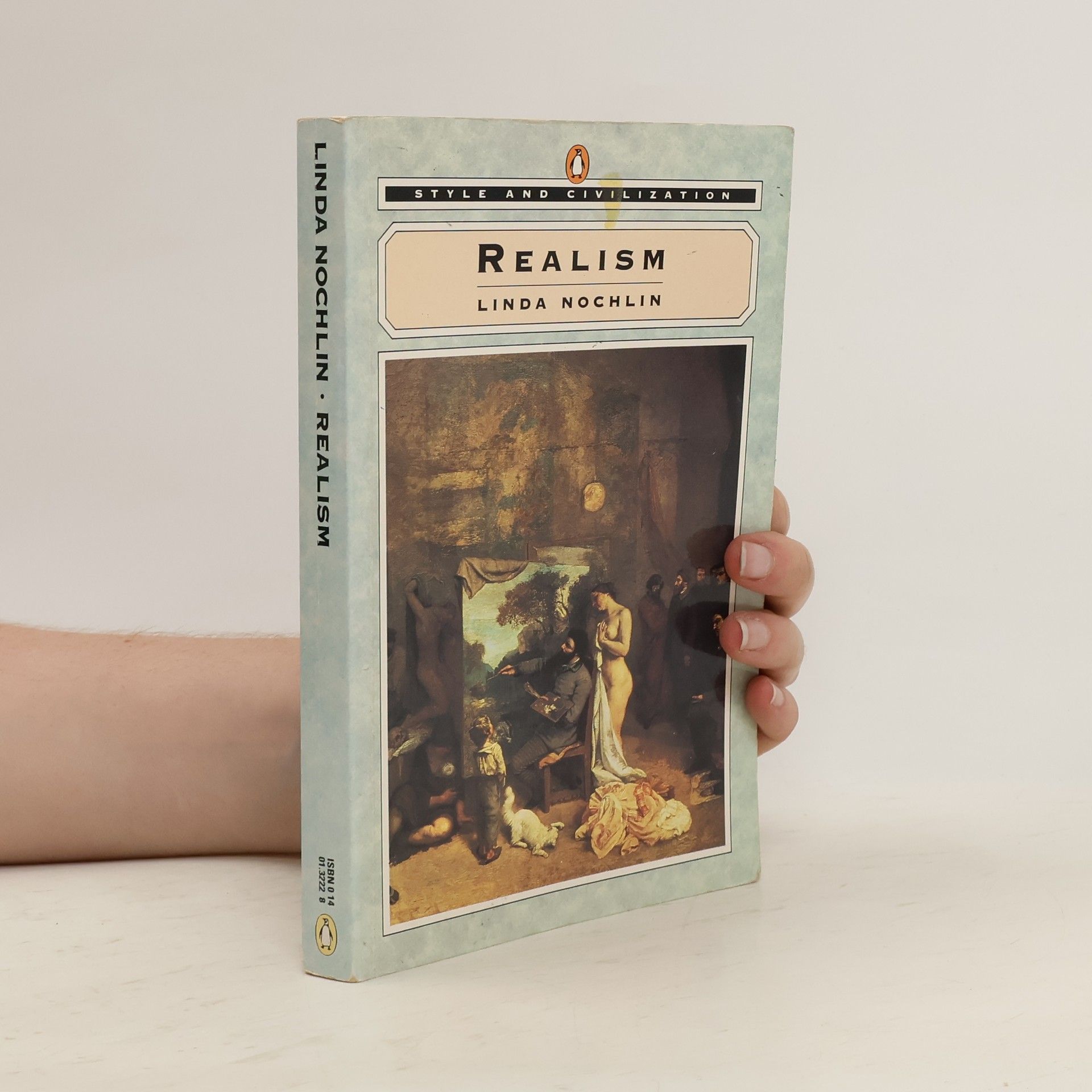Linda Nochlin zählt zu den einflussreichsten Kunsthistoriker:innen. Seit den 1960er Jahren hat sie zahlreiche Bücher und Artikel verfasst sowie bedeutende Ausstellungen kuratiert. Der zweite Teil ihrer Essaysammlung versammelt ihre Beiträge über Frauen in der Kunst aus den Jahren 2000 bis 2015, einschließlich Arbeiten über viele prominente Künstlerinnen.
Linda Nochlin Bücher
Linda Nochlin war eine einflussreiche amerikanische Kunsthistorikerin und Schriftstellerin, deren Werk sich auf die kritische Untersuchung des Einflusses von Gender auf die Kunst konzentrierte. Sie wurde bekannt für ihre Essay „Why Have There Been No Great Women Artists?“, in dem sie die institutionellen und gesellschaftlichen Hürden untersuchte, die Frauen am künstlerischen Aufstieg hinderten. Neben der feministischen Kunstgeschichte beschäftigte sich Nochlin auch mit der Erforschung des Realismus, insbesondere mit dem Werk von Gustave Courbet. Ihr wegweisender Ansatz in der Kunstgeschichte inspiriert weiterhin Gelehrte und Künstler beim Verständnis der komplexen Zusammenhänge zwischen Gender, Macht und künstlerischem Schaffen.






Es gibt wenige Kunsthistoriker: innen, die so einflussreich, provokant und produktiv waren wie Linda Nochlin. Seit den späten 1960er Jahren hat Nochlin siebzehn Bücher und unzählige Artikel geschrieben und herausgegeben, dazu zahlreiche bahnbrechende Ausstellungen kuratiert, von Women Artists 1550–1950 bis Global Feminisms. 1971 publizierte sie ihren richtungweisenden Artikel »Warum gab es keine großen Künstlerinnen?«, ein feministisches Statement, in dem sie die traditionellen kunsthistorischen Sichtweisen in Frage stellte. Seither ist ihr Name mit dem Begriff der Feministischen Kunst verbunden. In den vergangenen fünf Jahrzehnten hat Nochlin beständig über Künstlerinnen geschrieben und Vorträge gehalten. Die meisten dieser Texte sind in Zeitschriften, Ausstellungskatalogen und Büchern verstreut, wurden als Vorträge präsentiert oder überhaupt nicht publiziert. Zum ersten Mal vereint dieser Band I wie der 2024 erscheinende zweite Band viele dieser Essays über Künstlerinnen und feministische Kunst von 1971 bis zur Gegenwart. Band I bietet eine Sammlung von Nochlins Essays, die bis zum Jahr 2000 erschienen.
This illustrated, edited collection of essays brings together for the first time some of the pioneering art historian Linda Nochlin's most important writings on modernism and modernity from across her six-decade career. Before the publication of her seminal tract on feminism in art, 'Why Have There Been No Great Women Artists?', Nochlin had already firmly established herself as a major practitioner of a politically sophisticated and class-conscious social art history, with her writings on modernism being transformative to the discipline. Nochlin embraced Charles Baudelaire's conviction that modernity meant to be of one's time - and that the role of an art historian was to understand the art of the past not only in its own historical context, but according to the urgencies of the contemporary world. From academic debates about the nude in the 18th century to the work of Robert Gober in the 21st, whatever she turned her analytic eye to was very much conceived as the art of the now - the art we need to look at to navigate the complexities and contradictions of the present
The Jew in The text
- 335 Seiten
- 12 Lesestunden
What does the Jew stand for in modern culture? The conscious or unconscious, often hysterical repetition of myths and exaggerations, and the repertory of cliches, fantasies and phobias surrounding the stereotypes of the Jew and the Jewess, have meant that they are figures frequently represented both in the world of literature and art and in the industries of popular culture.
Providing an overview of Nochlins life and work, this book includes both her major thematic texts and her monographic texts on major women artists, both historical and modern. It will be suitable for students and academics working in the fields of art history and historiography, gender and womens studies, cultural history and theory.
Representing Women
- 272 Seiten
- 10 Lesestunden
`Fascinating essays ... Nochlin is a woman of learning and accomplishment' Andrea Dworkin
Why Have There Been No Great Women Artists?
- 112 Seiten
- 4 Lesestunden
"The fiftieth anniversary edition of the essay that is now recognized as the first major work of feminist art theory--published together with author Linda Nochlin's reflections three decades later. Many scholars have called Linda Nochlin's seminal essay on women artists the first real attempt at a feminist history of art. In her revolutionary essay, Nochlin refused to answer the question of why there had been no 'great women artists' on its own corrupted terms, and instead, she dismantled the very concept of greatness, unraveling the basic assumptions that created the male-centric genius in art. With unparalleled insight and wit, Nochlin questioned the acceptance of a white male viewpoint in art history. And future freedom, as she saw it, requires women to leap into the unknown and risk demolishing the art world's institutions in order to rebuild them anew. In this stand-alone anniversary edition, Nochlin's essay is published alongside its reappraisal, 'Thirty Years After.' Written in an era of thriving feminist theory, as well as queer theory, race, and postcolonial studies, 'Thirty Years After' is a striking reflection on the emergence of a whole new canon. With reference to Joan Mitchell, Louise Bourgeois, Cindy Sherman, and many more, Nochlin diagnoses the state of women and art with unmatched precision and verve. 'Why Have There Been No Great Women Artists?' has become a slogan and rallying cry that resonates across culture and society. In the 2020s, Nochlin's message could not be more urgent: as she put it in 2015, 'There is still a long way to go.' 13 black-and-white illustrations" -- Amazon
Realism
- 288 Seiten
- 11 Lesestunden
Setting Realism in its social and historical context, the author discusses the crucial paradox posed by Realist works of art - notably in the revolutionary paintings of Courbet, the works of Manet, Degas and Monet, of the Pre-Raphaelites and other English, American, German and Italian Realists.
Renowned art historian and pioneering feminist Linda Nochlin explores how, from the late eighteenth century, fragmented, mutilated, and fetishized representations of the human body came to constitute a distinctively modern view of the world.


